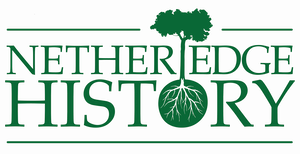The Nether Edge “Vauxhall Gardens” for Sheffield
Many people are aware that there used to be a pub called the Bowling Green Tavern on Cherry Tree Road (now called Cherry Tree House), but few may realise that during the early 19th century it was also an entertainment venue for the people of Sheffield with evenings of fireworks, dancing and tight rope walking. All thanks to a Mr Thomas Jenkinson.
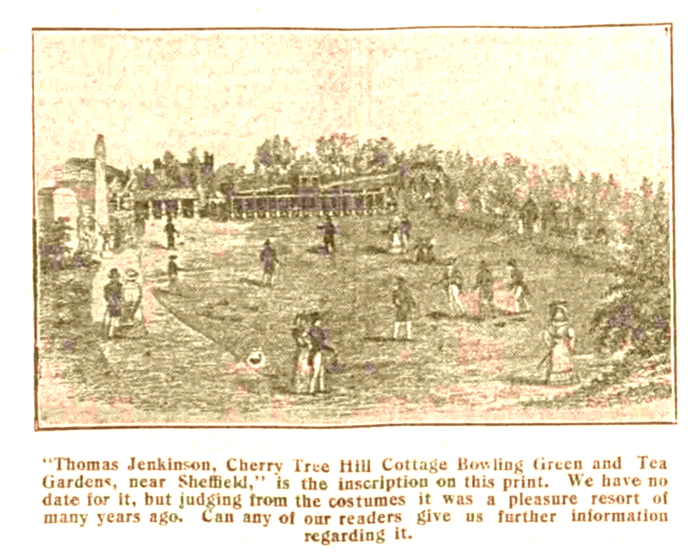
Thomas Jenkinson, a hammer maker by trade, took the lease on Cherry Tree Cottage around 1818 and levelled a site above and to the rear of the pub to form a bowling green, which he opened in 1822. Tea gardens, pleasure grounds and new activities such as archery were added and regular adverts placed in the Sheffield newspapers. At this time Cherry Tree Hill was a small hamlet some 2 miles out of Sheffield and the burgeoning middle classes must have formed a ready market that he was eager to exploit.
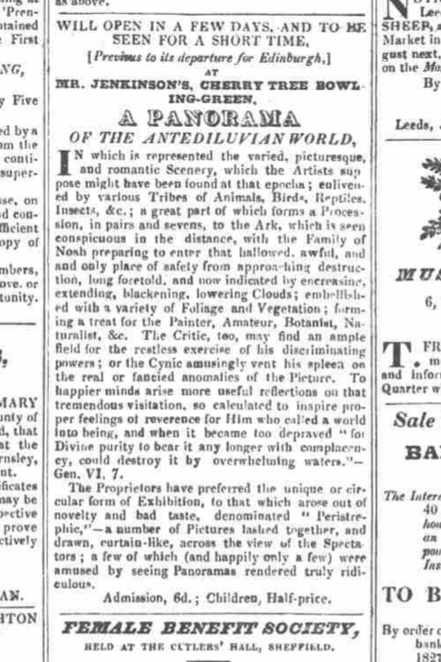
People in Sheffield would have been aware of the Vauxhall Pleasure Gardens and other attractions in London, and Jenkinson was keen to offer something similar. He started with displays of panorama paintings in 1827 (panoramas were huge circular paintings with the viewer placed in the centre) and held his first “Grand Gala” in 1829. It featured fireworks which “would have appeared to far greater advantage had the weather been more favourable”, as one paper reported. Other entertainments included dancing with military, brass and quadrille bands (a quadrille is related to American square dancing).
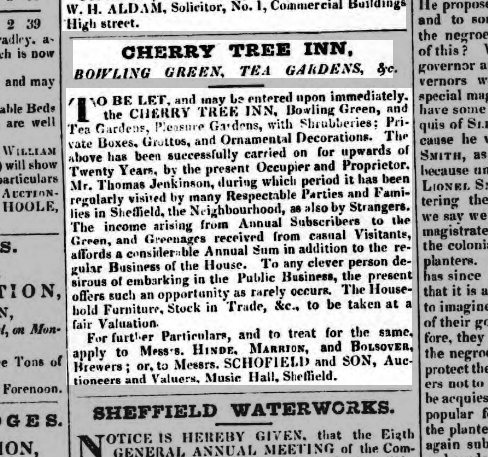
The galas continued through the early 1830s, often on a weekly basis, but came to a halt in 1836. This was the same year the Sheffield Botanical Gardens opened and it’s probable that Jenkinson’s trade suffered as a result. In 1839 he was declared bankrupt and probably spent some time in the debtors gaol. The brewery of Hinde, Marrion and Bolsover became involved in running the pub and a Grand Fete was announced for 1840 using Jenkinson’s name in the advertising (hopefully he was out of gaol at the time) with a promise “to spare no expense in bringing forward such pieces of Pyrotechnism [sic] as he trusts will give general satisfaction”.
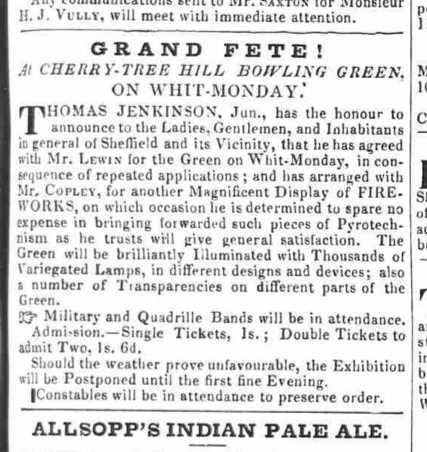
By 1841 a new tenant called Mr Lewin was running the venue and laying on even more lavish entertainments, including Mons. Gyngell from Vauxhall, London with “his daring performance of ascending and descending the tight fiery cord, forty feet in height”, with a promise of Italian and Chinese fireworks, including an ascending balloon shooting fireworks from the basket below. Gyngell’s act involved wheeling a barrow back and forth along a tight rope whilst fireworks were shot from below.
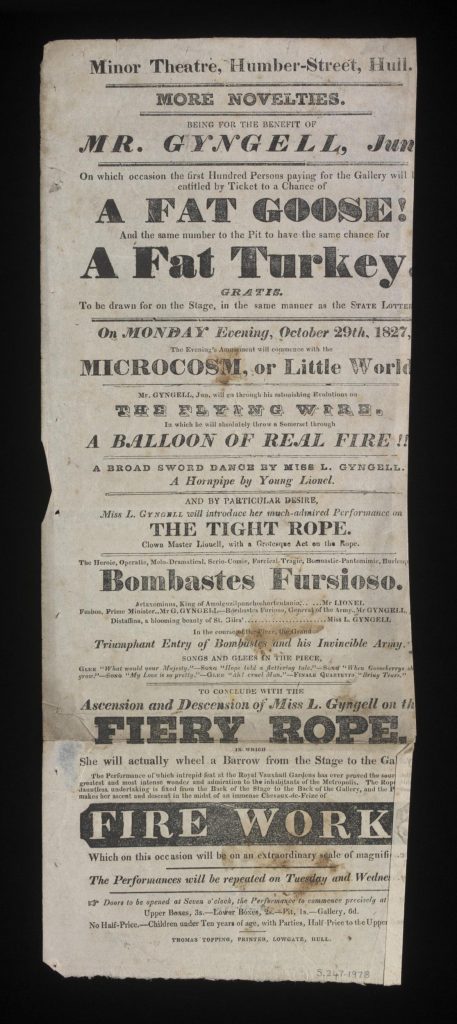
Thomas Jenkinson died in October 1841 and the freehold for the pub and surrounding land was bought by George Wostenholm in 1842 as part of his land acquisitions in the area. The particulars for the sale described it as “ornamented Bowling Green and Pleasure Grounds, numerous Boxes and Alcoves, together with a large variety of of valuable Plants and Shrubs, small Paddock, Garden, Stable and Outbuildings together with 12 substantially built Cottages”. The pub, bowling green and tea gardens continued into the 1870’s under the Green family but there were no more grand galas.
